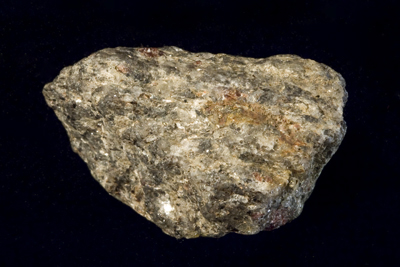Soils and rocks can be very interesting if you give them the chance. For example, did you know that there are 12 major different soils of the world? Below is a map that shows how these different soils are laid out in all different countries and environments. It is simplified, yes, but it is very interesting to look at it and see such a thing. Try finding where you live and see if that the graph is right. You can do that by going to this site. It lists all 12 soil types and tells you what kind of composition each soil has.
The soil type for Georgia, where Mercer University is located, is mostly ultisols, which is a red clay sort of soil. It is red because it is rich in oxidized iron. It is made by the weathering down of rocks and other minerals over a long period of time and is usually found in humid temperatures, which Georgia surely has. Sadly because of its composition, ultisols is not the best agricultural soil unless it is heavily fertilized. The particles it is made up of are so small that water doesnt easily pass through it and it is made more of minute particles of rocks and minerals rather than decaying plants and such, things that plants need to grow fully. The soil is especially prevalent on old country roads all throughout Georgia. You can usually tell if someone is from the country in Georgia thanks to the red that is obvious on their car.
Despite the fact that Georgia is known for its red clay, Ultisols is not the only kind of soil in Georgia. According to the soil map of the US below, there is apparently a bit of spodosol towards the south and some inceptisols in the northern part of the state. There are surely many of the other types of soil as well but when looking at simplified maps of such things, you only get so much.
A specific kind of rock that we were asked to mention is Micaceous schist. A picture of a possible specimen of said rock is shown below. A Micaceous schist is just a schist rock with an abundance of mica. This mica, which is usually found in flakes if alone, is what makes the rock sparkly. A Micaceous schist is a metamorphic rock which means that it was previously already a rock that was reheated and rearranged a bit before it cooled down again. Schist in general are named for the mineral that is most prominent in them, so can you guess which mineral is most prominent in this one?
Here is a link that will tell you more about the rock and schist in general.



No comments:
Post a Comment